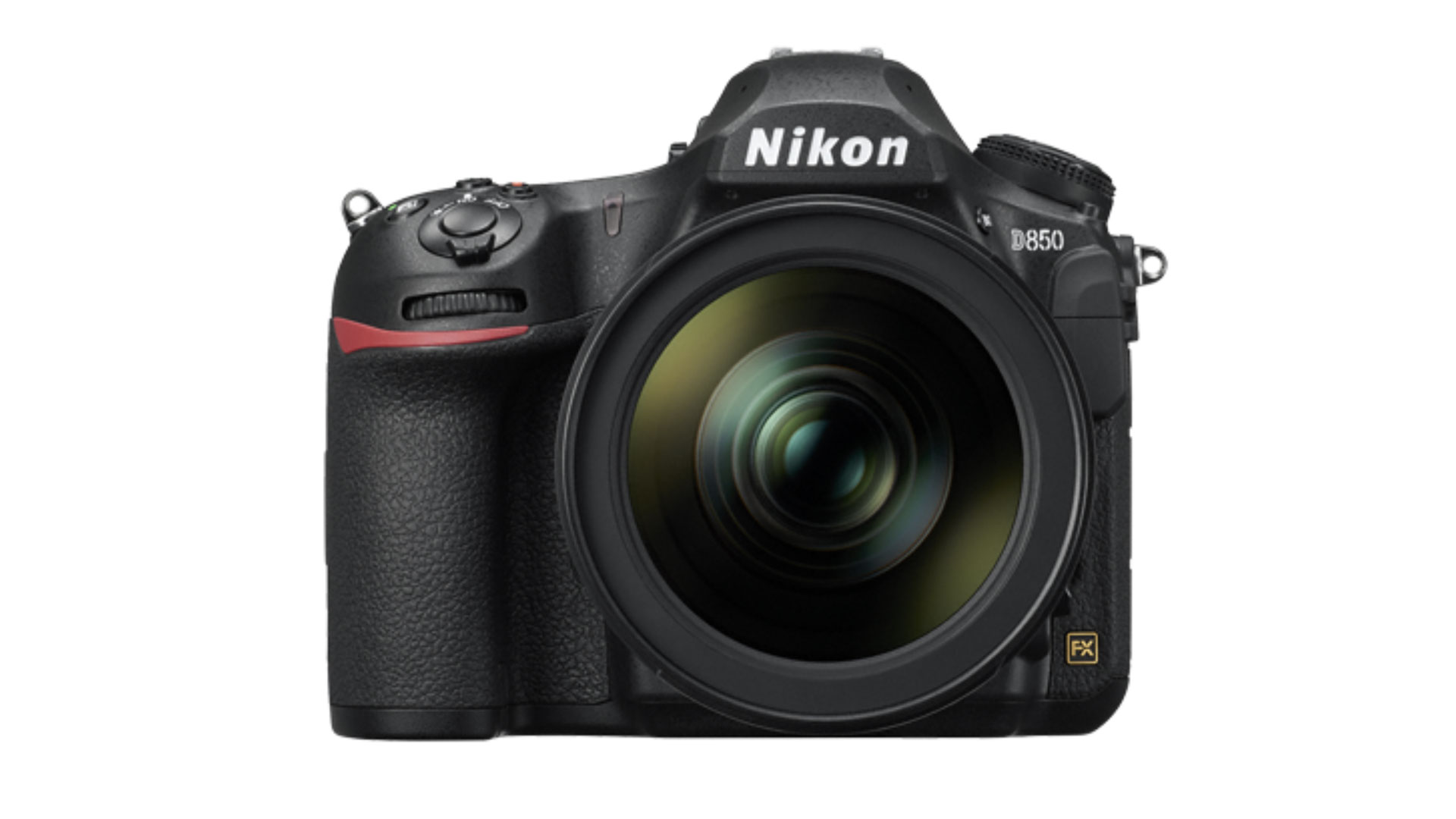You can watch the rare 5-planet alignment in a live webcast for free today
All five planets are visible in the predawn sky in a configuration you won't see again until 2040.
You can watch the five naked-eye planets align for free on a livestream that will be running Sunday (June 26).
Throughout June, Mercury, Venus, Mars, Jupiter and Saturn will line up from left to right in the southeastern sky, in their orbital order from the sun. Our guide tells you all you need to know about catching this 5-planet parade firsthand, but if your skies don't cooperate, you can also watch online for free. The webcast comes courtesy of the Virtual Telescope Project and begins at 10:30 p.m. EDT Sunday (0230 GMT Monday, June 27) with a view from Rome.
"Seeing the whole planetary family of the sun at a glance is a rare event, especially with the planets aligned accordingly with their increasing distance from our star," project founder Gianluca Masi said in a statement.
Related: The brightest planets in June's night sky: How to see them (and when)

Looking for a telescope for the next stargazing event? We recommend the Celestron Astro Fi 102 as the top pick in our best beginner's telescope guide.
While noting the naked-eye worlds are most apparent, there are other things to look out for as well, Masi said.
"The moon will join the show, too, with the Earth on the foreground. But there is more: planets Uranus and Neptune will be easily visible through a binocular, offering the rare opportunity to see all the eight planets within a few minutes."

If you're looking for a good camera for meteor showers and astrophotography, our top pick is the Nikon D850. Check out our best cameras for astrophotography for more and prepare for the tau Herculids with our guide on how to photograph a meteor shower.
The alignment is taking place because the Earth and the major solar system planets all orbit along the ecliptic, which is the plane of our solar system. The moon, sun and large planets all run in a band across our planet's sky and line up frequently (generally with fewer worlds at a time) within our field of view, although in reality they are separated by millions of miles.
Breaking space news, the latest updates on rocket launches, skywatching events and more!
If you're looking for a telescope or binoculars to see alignments like this event, our guides for the best binoculars deals and the best telescope deals now can help. Our best cameras for astrophotography and best lenses for astrophotography to prepare to capture the next stargazing sight in a photo.
Editor's note: If you take a photograph of the five-world fiesta, let us know! You can send images and comments in to spacephotos@space.com.
Follow Elizabeth Howell on Twitter @howellspace. Follow us on Twitter @Spacedotcom and on Facebook.

Elizabeth Howell (she/her), Ph.D., was a staff writer in the spaceflight channel between 2022 and 2024 specializing in Canadian space news. She was contributing writer for Space.com for 10 years from 2012 to 2024. Elizabeth's reporting includes multiple exclusives with the White House, leading world coverage about a lost-and-found space tomato on the International Space Station, witnessing five human spaceflight launches on two continents, flying parabolic, working inside a spacesuit, and participating in a simulated Mars mission. Her latest book, "Why Am I Taller?" (ECW Press, 2022) is co-written with astronaut Dave Williams.

